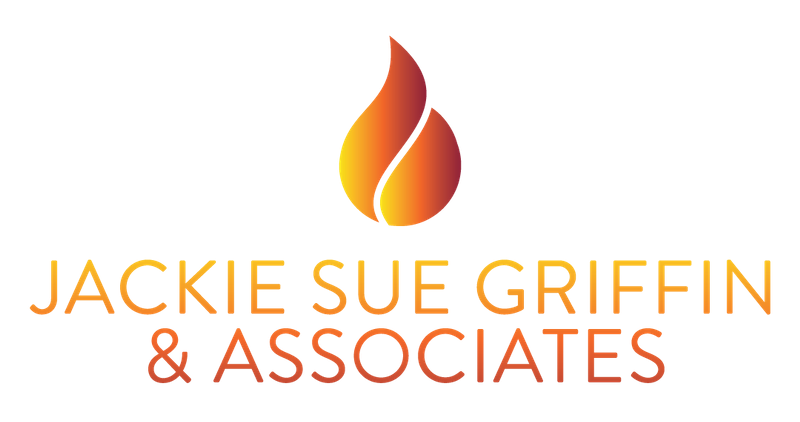23 Oct The Mirror Effect: Reflecting Inward to Ensure Sustainability
The Mirror Effect: Reflecting Inward to Ensure Sustainability
By Jackie Sue Griffin, MBA, MS
Owner and Executive Director of Jackie Sue Griffin & Associates
Sustainable nonprofit organizations are born from a deep-rooted desire to contribute positively to society while addressing endless societal challenges; leaders mobilized as a collective voice fully equipped with advocacy and transformational services that sustain change and empower communities.
During my 33 years of experience working with nonprofit leaders, I have found that using the mirror effect as a guiding principle for strategic planning serves as a reminder to reflect inward to ensure leadership practices are diverse, inclusive and authentically mirror organizational culture to sustain your community impact.
The mirror effect process requires nonprofit leaders to authentically assess whether organizational policies and procedures align with internal and external leadership practices reflective of the nonprofit’s mission, vision and organizational values.
I have worked with several not-for-profit organizations that use the mirror effect guiding principle to achieve positive results: client satisfaction; employee retention; competitive wages; active board involvement and a diverse and inclusive workforce with growth potential. Positive results are essential for successful grant development, fundraising and philanthropy. Without a vigilant annual organizational assessment, an unsettling paradox can occur; nonprofits created to better the lives of others may become part of the problem not the solution.
A powerful lesson learned emerges from a real-life scenario I recently encountered with a credible accredited not-for-profit organization serves as one example. Nonprofit leadership experienced a disconnect between their stated values and their actual practices. They faced multiple complaints against leadership, low internal scores on employee surveys, and a barrage of employee grievances. After being placed on a Corrective Action Plan (CAP) from their primary funder, they still failed to reflect upon their actions and align their behavior with their outward image. This caused the loss of a high-profile grant which ended services for the program. This story underscores the importance of creating a culture of accountability, transparency, and authenticity. A process that begins with leadership and should extend to all levels of the organization.
Let’s shine the light on a few guided questions that nonprofit leaders can reflect on as they look in the mirror.
- Do you measure client satisfaction?
- Do you evaluate your program outcomes?
- Are your wages competitive in the market?
- What is your employee retention rate?
- What is your employee turnover rate?
- How diverse is your organization?
- Do leadership opportunities exist for all positions?
- Do you measure and evaluate employee morale?
- Do you have an employee Health and Wellness plan?
- Do you have a Marketing and Communications plan?
- Do you implement trauma-informed best-practices for your workforce and for clients served?
- Do you have a measurable Dashboard for your Community Impact Statement?
- Do you share program outcomes with your clients, your workforce, Board and stakeholders?
Nonprofits are well positioned to meet this challenge by implementing a few best practices that include the following action steps.
Hire outside professionals to objectively evaluate internal organizational practices to objectively review and communicate findings without bias. The assessment process can be facilitated with surveys, key interviews and/or focus groups. The approach should also incorporate quantitative data (counted, measured, and expressed using numerical values) and qualitative data (client success stories, employee success stories, organizational success stories – accreditation) that is descriptive and conceptual.
Develop a Diversity, Equity and Inclusion plan and subcommittee that creates a safe space for continued improvement while fostering a culture of appreciation and acceptance with aligned leadership practices. Train board members in fund development, philanthropy, cultural competency and diversity.
Implement a Collective Leadership model with shared accountability, ensuring team based leadership where the entire team works toward the same goals with enthusiasm and a vested interest.
Create a Marketing and Communications plan (as part of your Strategic Plan) and Community Impact Dashboard (infographic). Once a plan is put into place, it’s important to communicate the actions outwardly – measured by your Community Impact Dashboard. The results should be included in your grant applications, newsletters, annual reports and your website.
Measure your program service outcomes and evaluate your findings with quantitative and qualitative data used in your Community Impact Dashboard. Publish your results and disseminate to your clients, your workforce, your Board and stakeholders.
Create and sustain a healthy and mentally well workforce and organizational culture. Develop a Health and Wellness plan and subcommittee overseen by your employees that promotes healthy work and life balance and incentives to improve employee health and mental wellbeing. You can begin with a workforce survey to garner ideas from your employees and establish buy-in; the initial survey should include a measure to evaluate employee satisfaction and morale.
Grant funders are seeking to improve communities and environments holistically. Many of the proposed capacity building opportunities can be funded with grant support, or private donations.
By investing in organizations that prioritize internal reflection and authentic leadership practices, we can create a transformative shift in the not-for-profit and private sectors.

No Comments